Function composition can seem tricky at first, but it’s really just about plugging one function into another! We’ll tackle a problem where we need to find the functions that make up a more complex one. Think of it like reverse engineering a machine to see how the parts fit together. We’ll break down the steps and show you how to approach these function composition problems with confidence, so let’s get started!
Table of Contents
- Understanding Function Composition
- Example Problem: Decomposing ##h(x)##
- Solution to the Function Composition Problem
- Similar Problems and Quick Solutions
- Problem 1: Find ##f(x)## if ##h(x) = (x + 2)^2## and ##g(x) = x + 2##
- Problem 2: Find ##g(x)## if ##h(x) = \sin(2x)## and ##f(x) = \sin(x)##
- Problem 3: Find ##f(x)## if ##h(x) = e^{3x}## and ##g(x) = 3x##
- Problem 4: Find ##g(x)## if ##h(x) = (x^2 + 1)^3## and ##f(x) = x^3##
- Problem 5: Find ##f(x)## if ##h(x) = \sqrt{x – 5}## and ##g(x) = x – 5##
More from me
Function composition is a fundamental concept in mathematics, where the output of one function serves as the input for another. In this blog post, we will explore how to solve function composition problems algebraically, providing clear explanations and examples to enhance your understanding. We’ll break down the process step-by-step, making it accessible for students and math enthusiasts alike.
Understanding Function Composition
Function composition involves combining two or more functions to create a new function. If we have two functions, ##f(x)## and ##g(x)##, the composition of ##f## with ##g##, denoted as ##f(g(x))##, means we first apply ##g## to ##x##, and then apply ##f## to the result. This concept is crucial in various areas of mathematics and computer science.
To illustrate, consider ##f(x) = x^2## and ##g(x) = x + 1##. Then ##f(g(x)) = f(x + 1) = (x + 1)^2##. This demonstrates how the output of ##g(x)## becomes the input for ##f(x)##. Understanding this process is key to solving more complex function composition problems. Function composition can be tricky, but with practice, it becomes more intuitive.
Example Problem: Decomposing ##h(x)##
Let’s consider a problem where we need to find ##f(x)## and ##g(x)## such that ##h(x) = f(g(x))##, given ##h(x) = (\sqrt{4} + 8)^4## and ##g(x) = \sqrt{4} + 8##. This problem requires us to decompose ##h(x)## into two functions. The function composition is a key concept here.
Since ##g(x) = \sqrt{4} + 8 = 10##, we have ##h(x) = (10)^4 = 10000##. Our goal is to find a function ##f(x)## such that when we compose it with ##g(x)##, we get ##h(x)##. The challenge is to identify the correct operations to achieve this. Function composition problems often involve this type of reverse engineering.
Solution to the Function Composition Problem
Step 1: Analyze the Given Functions
We are given ##h(x) = (\sqrt{4} + 8)^4## and ##g(x) = \sqrt{4} + 8##. Notice that ##g(x)## is a constant function, always returning 10. Therefore, ##h(x)## is also a constant function, always returning 10000. Understanding this is crucial for solving the problem.
Since ##g(x)## is constant, ##f(x)## must transform the output of ##g(x)## (which is 10) into 10000. In other words, ##f(10) = 10000##. This greatly simplifies our task. Function composition simplifies when dealing with constant functions.
Step 2: Determine ##f(x)##
Since ##h(x) = f(g(x))## and we know that ##g(x) = 10##, we have ##h(x) = f(10) = 10000##. This implies that ##f(x)## must be a function that, when evaluated at 10, gives 10000. The simplest such function is ##f(x) = 10000##.
However, another valid solution is ##f(x) = x^4##, because ##f(g(x)) = f(10) = 10^4 = 10000 = h(x)##. Both solutions are valid, but the context might suggest one over the other. Function composition allows for multiple solutions depending on the constraints.
Final Solution
Therefore, one possible solution is ##f(x) = x^4## and ##g(x) = \sqrt{4} + 8##. Another possible solution is ##f(x) = 10000## and ##g(x) = \sqrt{4} + 8##. Both satisfy the condition ##h(x) = f(g(x))##. Function composition can have multiple valid decompositions.
In summary, we found two functions, ##f(x)## and ##g(x)##, that when composed, yield the given ##h(x)##. This demonstrates the process of decomposing a function into its constituent parts. Function composition is a versatile tool in mathematical analysis.
Similar Problems and Quick Solutions
Problem 1: Find ##f(x)## if ##h(x) = (x + 2)^2## and ##g(x) = x + 2##
Solution: ##f(x) = x^2##
Problem 2: Find ##g(x)## if ##h(x) = \sin(2x)## and ##f(x) = \sin(x)##
Solution: ##g(x) = 2x##
Problem 3: Find ##f(x)## if ##h(x) = e^{3x}## and ##g(x) = 3x##
Solution: ##f(x) = e^x##
Problem 4: Find ##g(x)## if ##h(x) = (x^2 + 1)^3## and ##f(x) = x^3##
Solution: ##g(x) = x^2 + 1##
Problem 5: Find ##f(x)## if ##h(x) = \sqrt{x – 5}## and ##g(x) = x – 5##
Solution: ##f(x) = \sqrt{x}##
| Concept | Description | Example |
|---|---|---|
| Function Composition | Combining two functions such that the output of one becomes the input of the other. | If ##f(x) = x^2## and ##g(x) = x + 1##, then ##f(g(x)) = (x + 1)^2## |
| Decomposing Functions | Finding ##f(x)## and ##g(x)## such that ##h(x) = f(g(x))##. | Given ##h(x) = (\sqrt{4} + 8)^4## and ##g(x) = \sqrt{4} + 8##, one solution is ##f(x) = x^4##. |
| Constant Functions | A function whose output is always the same, regardless of the input. | ##g(x) = \sqrt{4} + 8 = 10## is a constant function. |
We also Published
RESOURCES
- Evaluate composite functions (practice) | Khan Academy
- Composite Functions – Practice (and solutions)
- Composition of Functions Practice – MathBitsNotebook(A2)
- Function Composition – LeetCode
- collision resistance – Composition of cryptographic hash functions …
- Composition of Function problem : r/askmath
- Composite Functions Definition
- LeetCode Problem 2629 Function Composition — LeetCode: 30 …
- Fast computation of function composition derivatives for flatness …
- Word Problem Involving Composition of Two Functions | Precalculus …

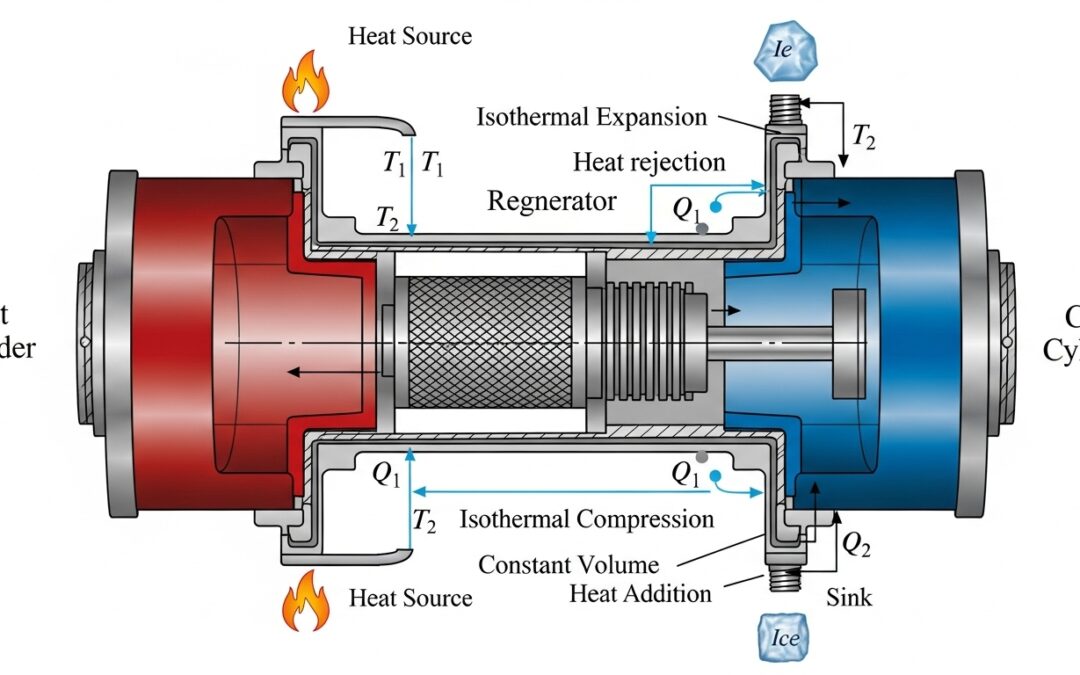

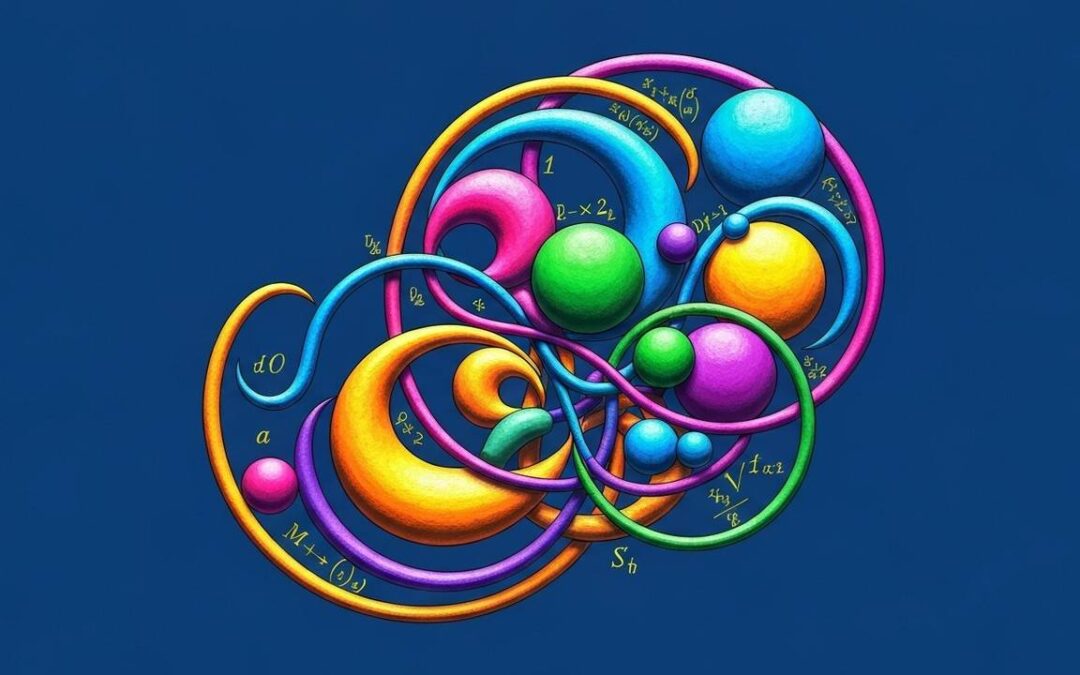
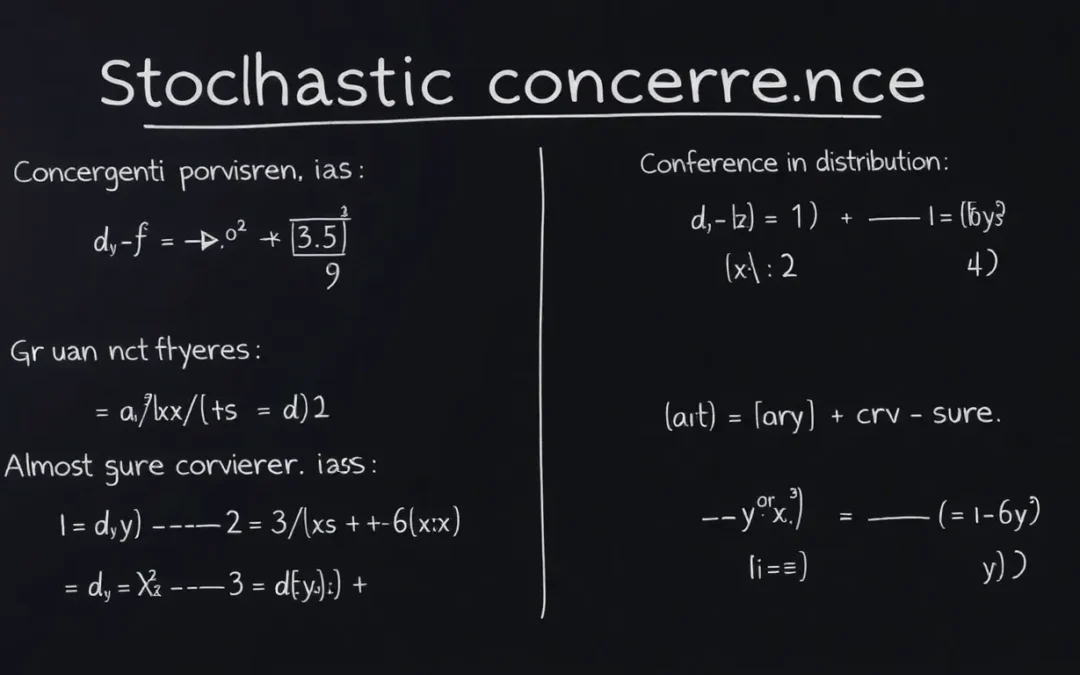
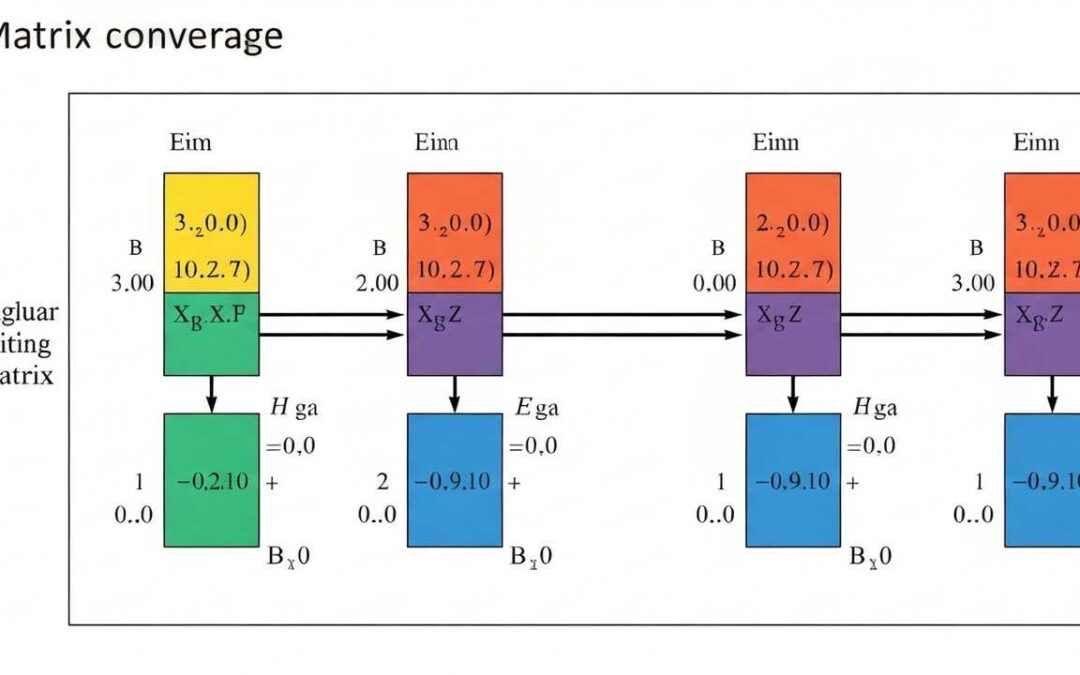
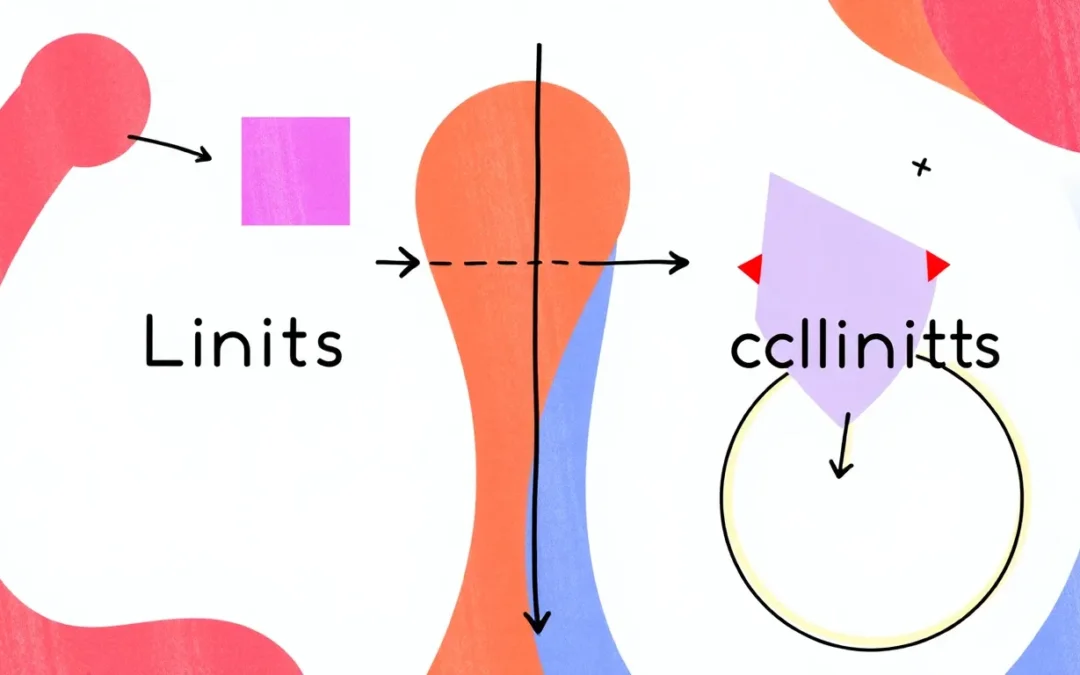
0 Comments